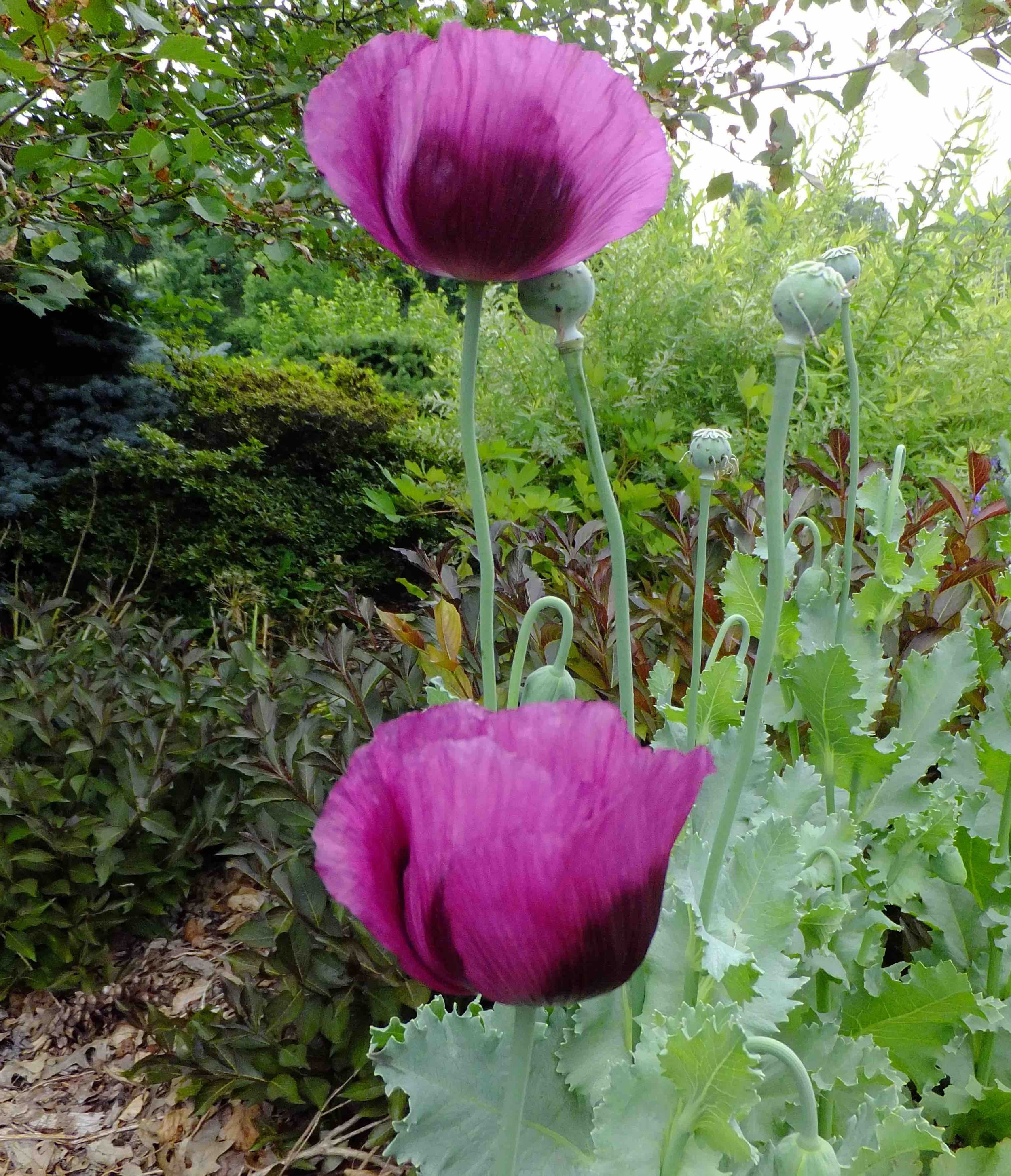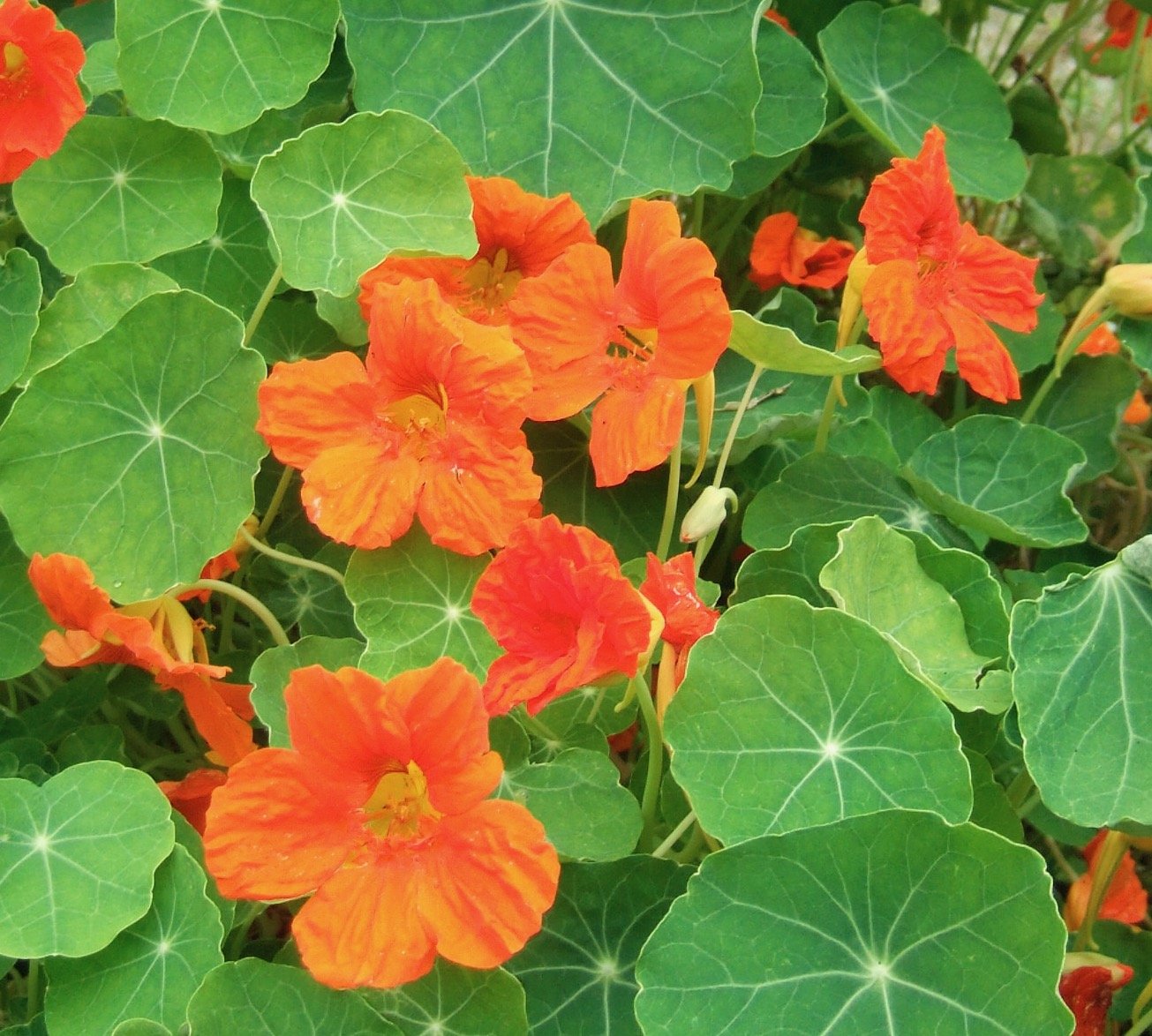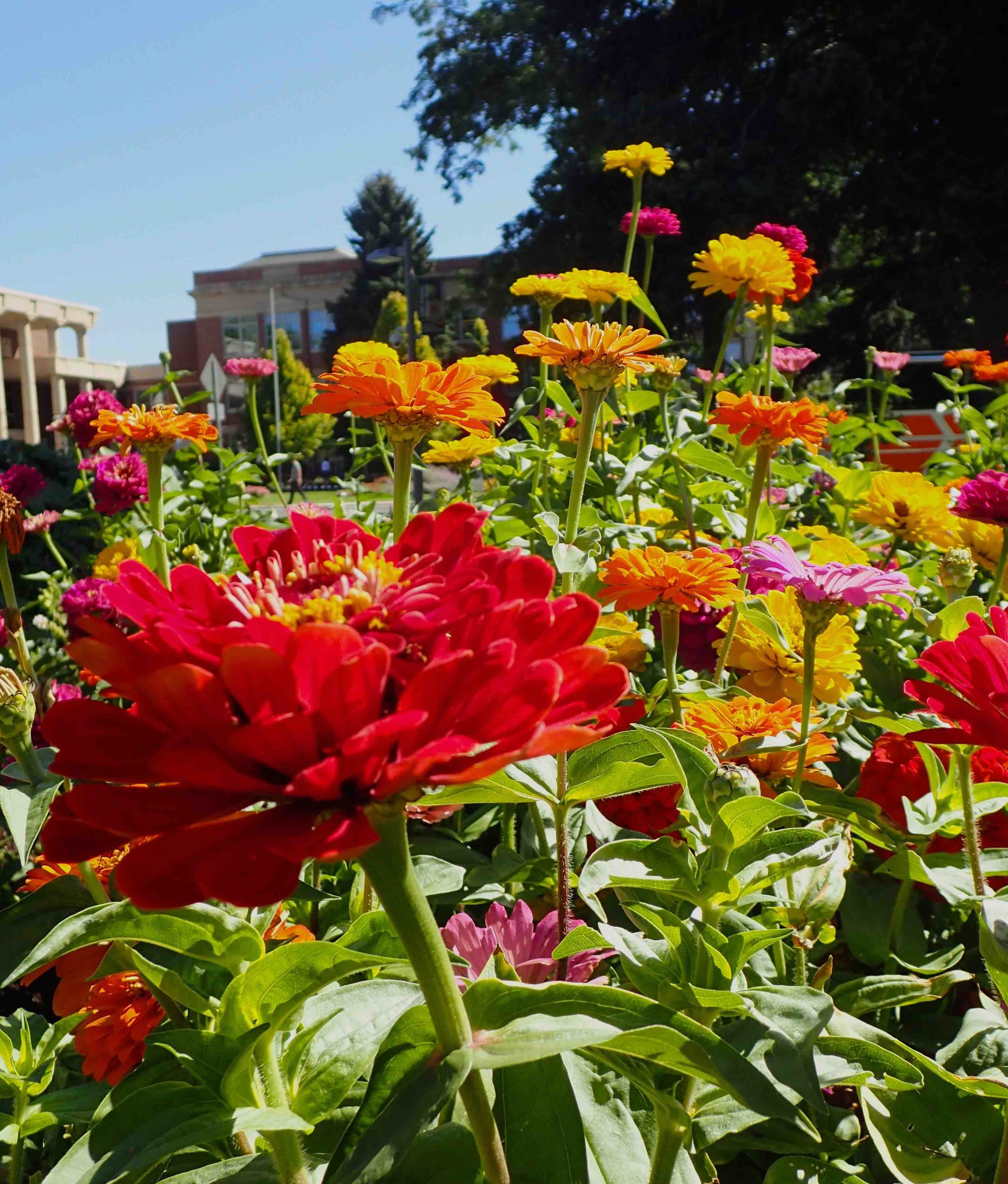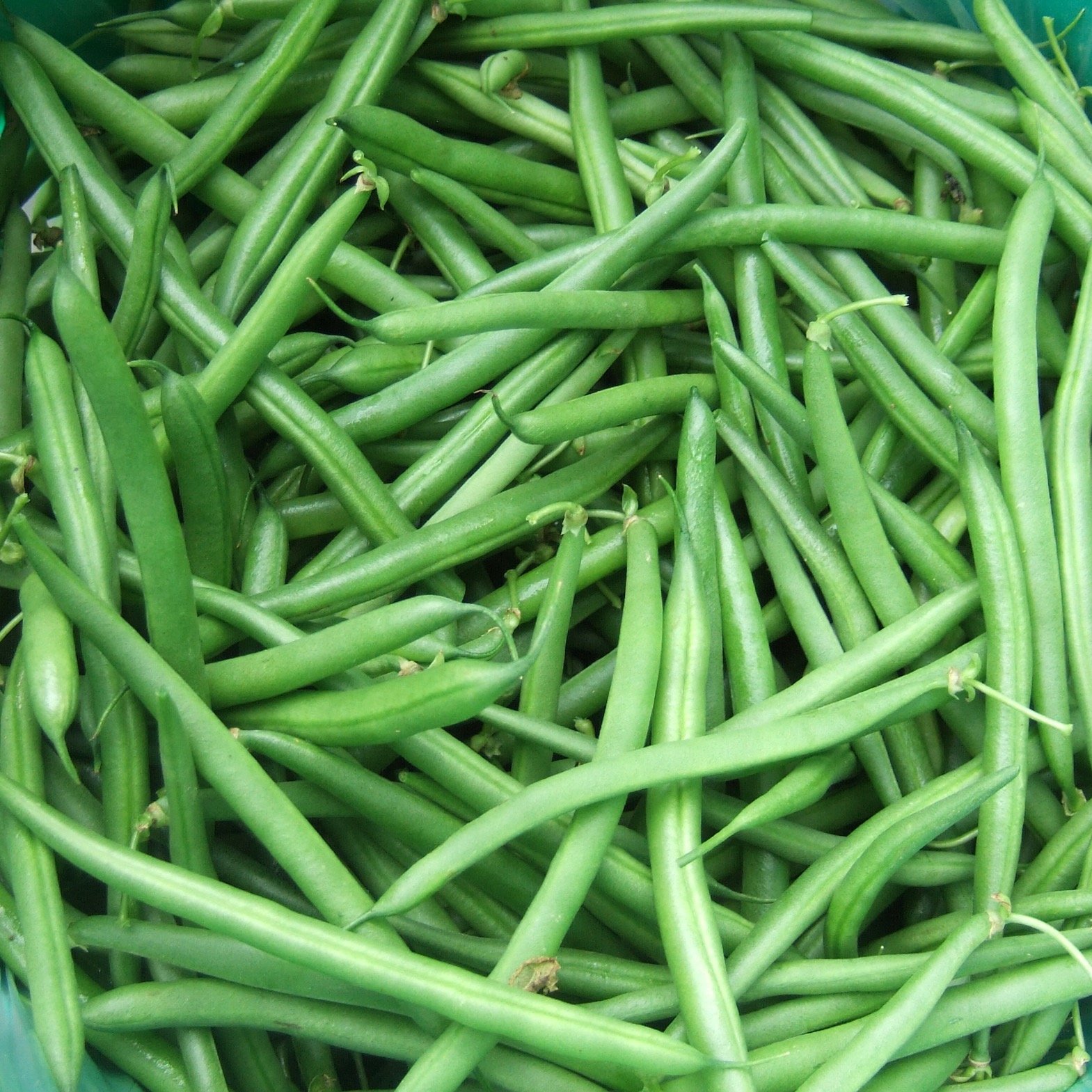Starting Seeds Indoors
Probably the single biggest reason gardeners grow their own seedlings rather than buy them at their local garden centers is that they want more choice than a retailer can offer. Seeds of unique flowers, unusual herbs, and heirloom vegetables can be found more easily than seedlings. Another reason is cost. The bigger your flower and vegetable beds, the more money you’ll save by growing plants from seed. Here’s what to do:
Start with your cool season plants
Food crops including salad greens, broccoli, kale, and pak choi can be planted outdoors in early spring. Started indoors, they’ll take about 6 weeks from the time you sow the seed to reach transplant size. Onions and leeks are slow growers, so start them indoors even earlier, about 8 weeks before you plan to plant them out.
Don’t rush warm season plants
Start tomatoes, peppers, and eggplants no earlier than mid-March. You’ll need to wait until nights are consistently above 50°F (10ºC) before transplanting them outdoors, so don’t rush. Start them indoors 6 to 8 weeks before your planting out date. You can get a head start on basil and summer flowers, such as marigolds, by starting them in late March or early April as well.
Gather your materials:
Seedling containers, whether purchased or recycled, must have drainage holes.
A plastic dome will help maintain the moist environment necessary for germination. Remove the covering at the first sign of green.
A quality seed starting mix contains milled peat moss or coir (coconut fiber) combined with perlite and/or vermiculite, which help retain moisture and improve drainage. Some mixes incorporate fertilizer, though this is not essential for seed starting. Garden soil is not a good choice for seed starting.
Lights are essential for indoor seed starting. LED Grow Lights are especially good for seedlings because they are designed to give off light in the wavelengths best utilized by plants, and they generate very little heat. A 600W LED grow light, hung at about 24 inches above the plants, provides light for a 3’ x 3’ growing space.
A heat mat placed under your seed tray will speed germination. The ideal soil temperature for germinating most seeds is between 70º and 85ºF (21º and 29º C). Except with tomatoes, peppers and other plants that require warmth, you can remove your seedlings from the mat if you need to use it for the next round of seedlings.
A Quick How-To
1. Fill your pots and/or trays with moist seed starting mix.
2. Sow two to four seeds in each pot or cell. Gently press down and cover lightly with soil.
3. Label each pot.
4. Mist your seeds with water and cover them with a humidity dome.
5. Place your trays in a warm spot, or on a heat mat.
6. As soon as the seeds germinate remove the humidity dome and place the seedlings under lights.
7. Water seedlings daily and fertilize with a half-strength liquid fertilizer weekly until they are large enough to plant out.
Many plants don’t need to be started indoors
Sowing seeds directly in the soil is the easiest way to grow from seed. Lettuce, green beans, zinnias, nasturtiums, and poppies are among the vegetables and flowers that can be sown outdoors in the garden soil.
Many seeds can be sown directly in the soil. Do this at about the time your cool-season transplants are ready to be planted out. Some, such as salad greens, can be sown indoors to give them a head start, and outdoors as well once the soil warms. This will extend your harvest of tender, garden-fresh greens.
The list of plants that can be direct sown includes:
Root vegetables: carrots, beets, and radishes
Arugula, lettuce, other leafy greens Peas
Green beans
Melons
Squash
Bachelors’ Buttons Calendulas
Cosmos
Nasturtiums
Poppies
Sunflowers
Zinnias






